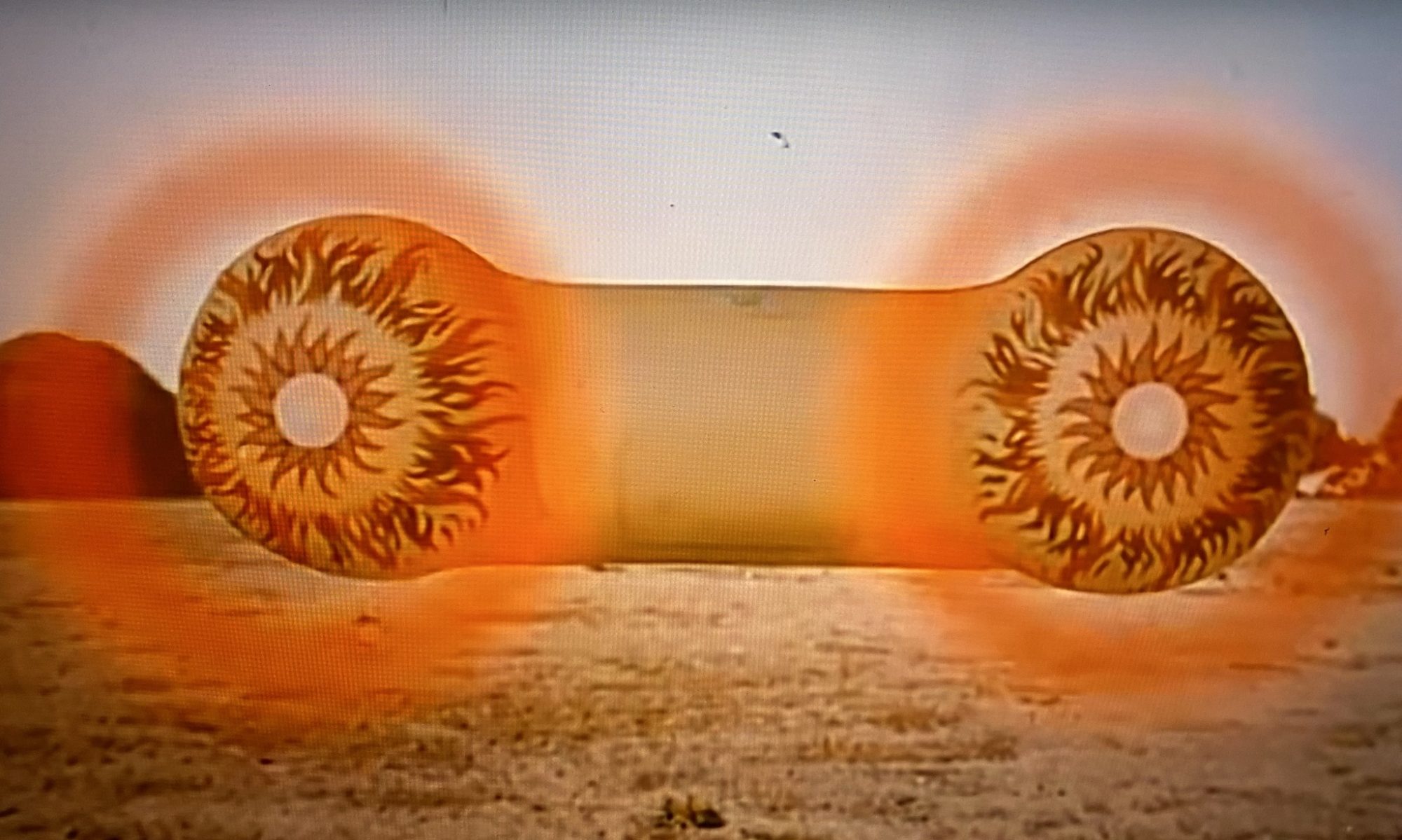Various Works: 2050 Bryant, CELLspace
SF Weekly, Know Your Street Art by Jonathan Curiel

On a wall just inside the building formerly known as CELLspace, an artwork delivers a defiant message: “NOT for Sale!” But the message is a lie – the building, whose exterior walls once featured some of the best street art in San Francisco, was sold and is slated for development. Last summer, two volunteers – artist Russell Howze and art editor Annice Jacoby – took down much of the outside art and put it in storage for temporary safekeeping. What’s left on the walls are stickers, tagging, and remnants of art – including faces of Native American men, a monkey with a sign imagining a battle between two well-known street artists (“Hektad vs. Banksy”), and an impressive work by muralist Joel Bergner. Even in its current state, 2050 Bryant’s art potpourri inspires passers-by to take photographs for posterity.
But what about the art that was taken down? Howze, whose own CELLspace work is among the preserved art, and Jacoby are trying to find a patron who will buy the works and display them again. The art includes Bergner’s De Frontera a Frontera, a lyrical, red-splashed work about haves and have-nots in the Dominican Republic, and Icy and Sot’s collaboration with Regan “Ha Ha” Tamanui, Super Hero with Portraits, which has a caped boy standing alongside a gallery of orange-tinged smiling faces.
Though two art collectors outside of San Francisco have expressed interest in buying the works, Jacoby – the former director of performing arts public events at UC Santa Cruz, and the editor of the book Street Art San Francisco: Mission Muralismo – says that, “Ideally, they would remain in San Francisco. They’re part of San Francisco’s fabric. We’re seeking a place where the art will be appreciated, maintained, and available to the public on a long-term basis.”
CELLspace existed from 1996 to 2012, when the art center attracted a roving band of upcoming and veteran artists from San Francisco and around the world. The space is now rented out for parties, yoga classes, art instruction, and the like. CELLspace’s demise hit a lot of people hard. By preserving the work that people once took for granted, Jacoby and Howze are trying to keep the center’s exterior – and its spirit of “anything goes” – alive, even when the red brick building completely disappears as a place of artistic pilgrimage. Jonathan Curiel

